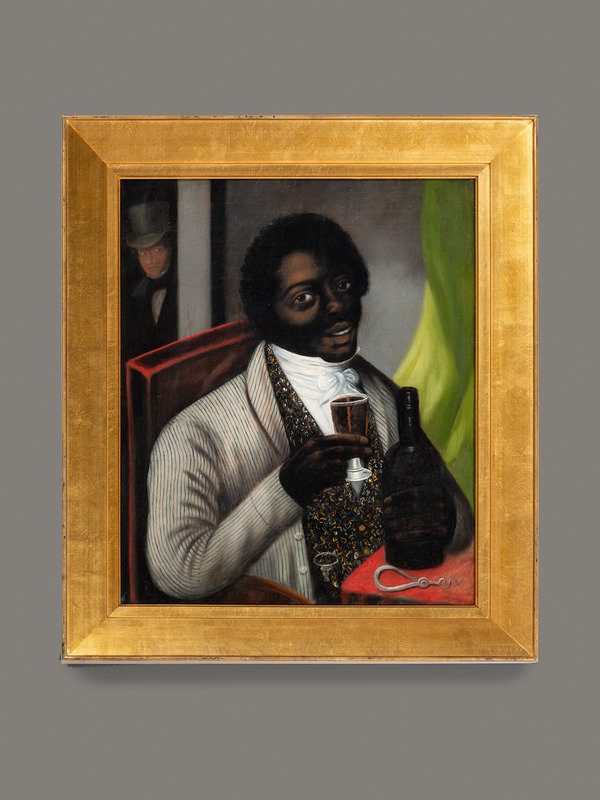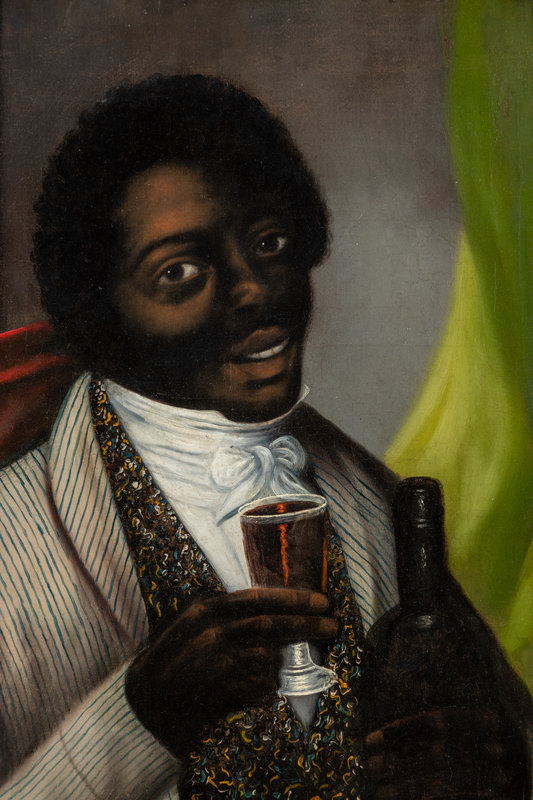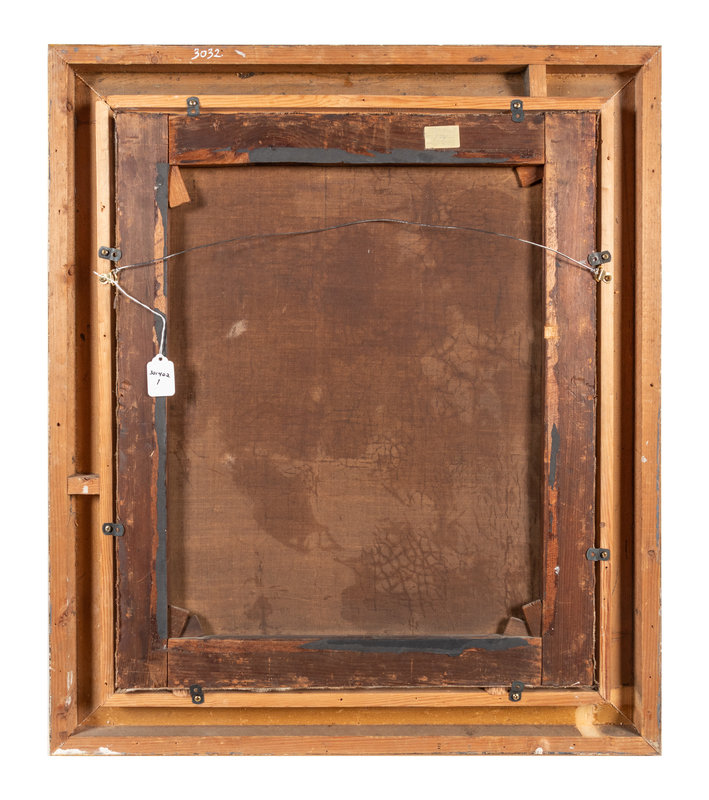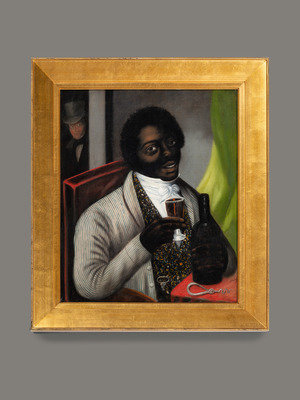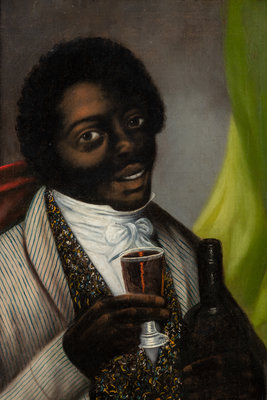Condition Report
Contact Information
Auction Specialist
Lot 1030
American or English School
Sale 1060 - American Furniture, Folk & Decorative Arts
Lots 1001-1304
Sep 14, 2022
10:00AM ET
Lots 1305-1582
Sep 15, 2022
10:00AM ET
Live / Cincinnati
Own a similar item?
Estimate
$30,000 -
50,000
Price Realized
$21,250
Sold prices are inclusive of Buyer’s Premium
Lot Description
American or English School
Circa 1830
Portrait of Ira Aldridge as Mungo in 'The Padlock'
oil on canvas
24 x 20 inches.
oil on canvas
24 x 20 inches.
